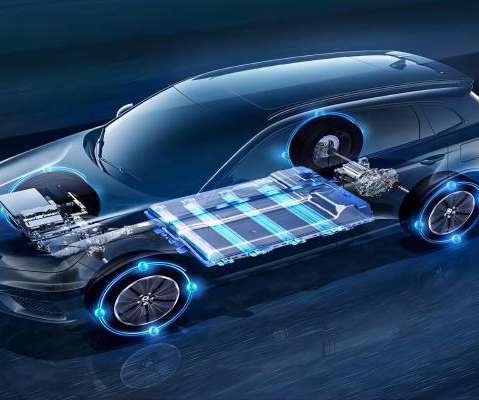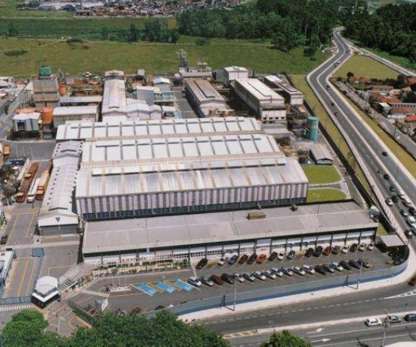Nouryon, Tata Steel, Port of Amsterdam to study feasibility of largest green H2 cluster in Europe; 100 MW water electrolysis facility
Green Car Congress
OCTOBER 20, 2018
As a first step, the parties will study the feasibility of a 100 megawatt water electrolysis facility to produce up to 15,000 tons of hydrogen per year as well as oxygen at Tata Steel’s IJmuiden site, near Amsterdam. by combining it with emissions from steel manufacture to make new products.




























Let's personalize your content